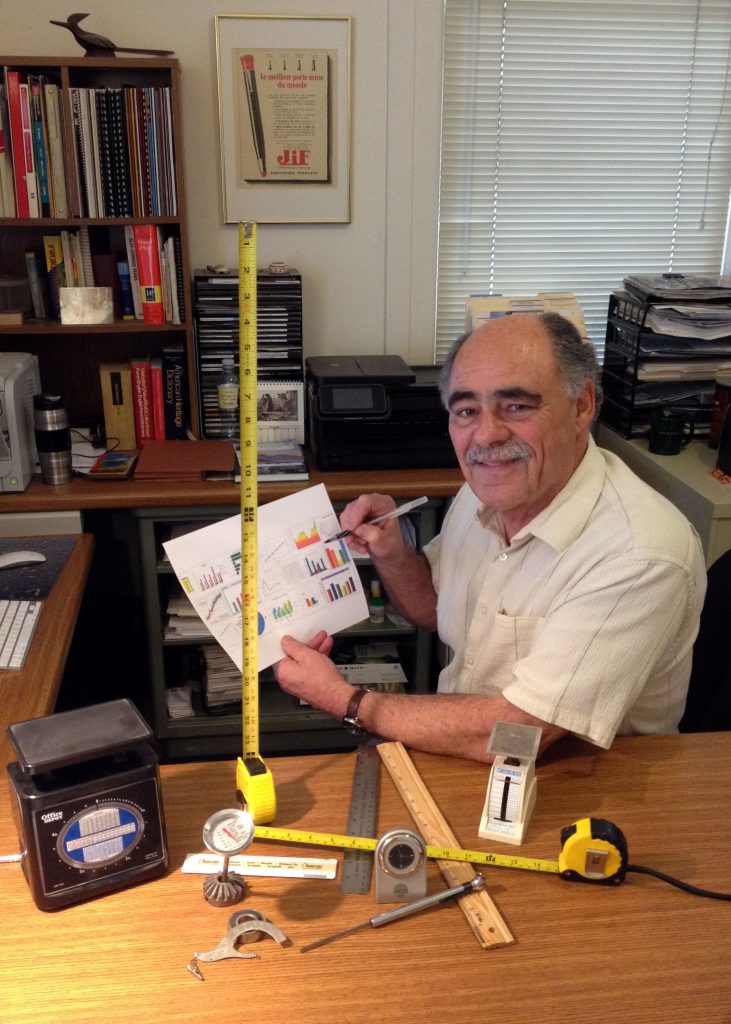
The International Water Security Network (IWSN), as its name suggests, aims to build partnerships to investigate issues around water security. The IWSN website states: “The work being undertaken is grounded in real world concerns, with experiences, solutions and best practices that can be transferred and shared for the public good.”
In the case of water security, a proper assessment of what constitutes “solutions and best practices” requires us to be able to distinguish among a limitless suite of practices and policies. But how can we know whether a particular locale’s or community’s water security is better or worse off than it was at some previous time? The answer – nearly universally – is we can’t.
Why not? Because, for the most part, we lack the tools and the wherewithal to calibrate the state of a host of socioeconomic responses to drivers of environmental change. Water security, adaptive capacity, resilience to climate vulnerability, environmental sustainability, and analogous concepts are all desirable outcomes, but these remain slippery and generally defy attempts at benchmarking, quantification, and measurement.
With a focus on the arid regions of the Americas, the University of Arizona’s (UA) IWSN/AQUASEC team, along with colleagues working on a multiyear NOAA-funded project, convened a two-day working session: “Metrics and Measurement of Adaptation and Water Security: Advances in Water Research in the Arid Americas.” The event was held on 2-3 October 2014 in Tucson, Arizona. Around 25 people from the UA team’s academic partners in Mexico, Peru, Chile and Argentina, along with several international experts and UA colleagues, discussed prospects for developing meaningful metrics.
The participants acknowledged that water governance actors – managers, agriculturalists, nongovernmental organizations, urban communities, and rural inhabitants – tend to be knowledgeable and skilled in managing water supply and innovating new ways of meeting water demand. However, they are usually less informed about appropriate adaptation strategies that seek to achieve water security and environmental sustainability. In short, the workshop attendees asked, how can adaptation and water security be measured?
Robert Varady, the principal investigator of the IWSN Americas work package, kicked off the program with a short discussion of “why quantify and measure?”
Maria Carmen Lemos of the University of Michigan guided the group through the intricacies of how to build the adaptive capacity of water governance institutions, and Diana Liverman of the UA offered principles and guidelines for measuring the performance and effectiveness of an activity or organization.
The remainder of the program comprised a series of participatory sessions aimed at producing a set of working papers, to appear in high-profile, high-impact publications – both academic and non-academic. These papers will address the question of how to quantify water security in ways that will assist planners, policymakers, and managers. Various subgroups of co-authors agreed to create a special issue to be submitted to Elsevier’s Current Opinion in Environmental Sustainability, while a core of authors will offer an essay to Wiley’s WIREs Climate Change.
To make the group’s results available to professional and lay audiences, the team will also attempt to replicate the experience of the soon-to-be-published IWSN collection in the Institution of Environmental Sciences journal Environmental Scientist. That issue contains an article by IWSN researchers Bhuwan Thapa, Robert Varady and Christopher Scott entitled “Measuring water security: An assessment of the 2013 Asian Development Bank Outlook National Water Security Index.”
For more information, contact Robert Varady at rvarady@email.arizona.edu.
